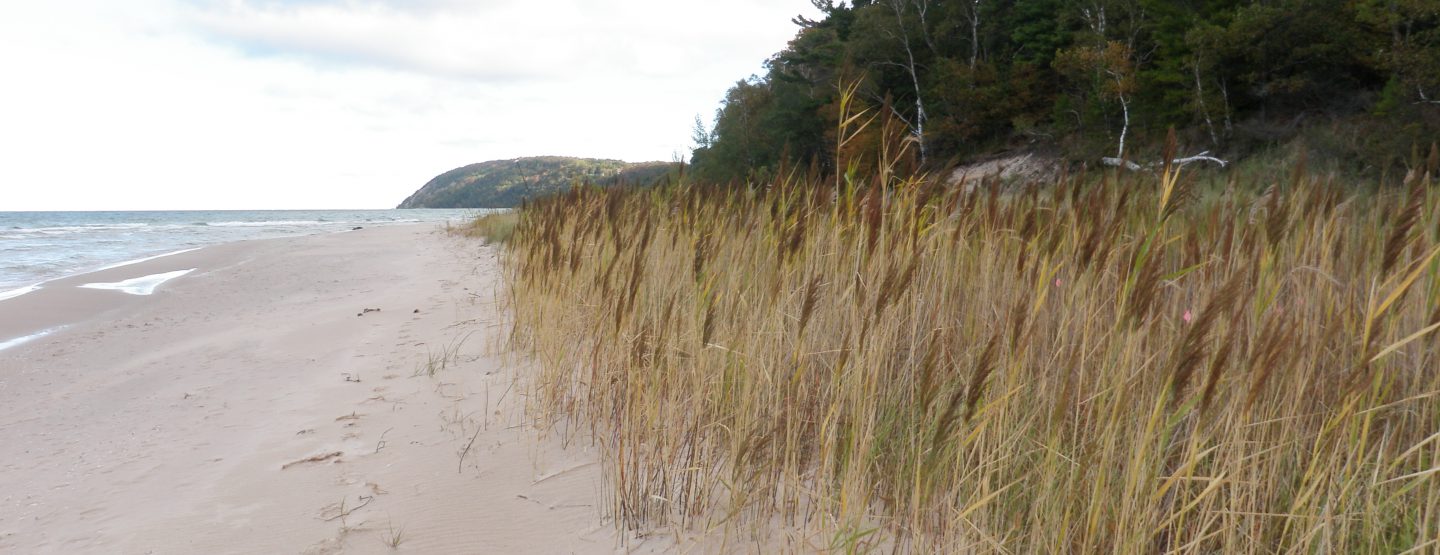From our 2011 Spring Newsletter
Over the last several years the Conservancy has increased the number of restoration projects that focus on invasive plant management. Most of our efforts have focused on protecting Lake Michigan coastal habitats as well as our natural areas. As we look back on our efforts and towards our goals for the future, we reflect on why we took on this challenging task.
According to the Michigan DNR there are approximately 2,600 plant species in Michigan. About 800 or 30% of those plants are not native. Of these 800 non-native plants, only a fraction of them have the potential to cause serious and long lasting impact on our native habitats.
Generally, these plants originated in landscapes far different than Michigan’s. In these plants’ original landscapes, insects, geography, and local flora and fauna keep them in check. But in Leelanau these invasives have the advantage because the natural confines of their native habitat are not present. Thus they can thrive and propagate rapidly.
What, if any, are the consequences of invasive species on a given natural system? Once established, some invasives out-compete native species for resources. Prime examples are phragmites and autumn olive, which can reduce diversity and alter entire habitats. They also do not support native insects which birds, fish and other animals depend on. Invasive phragmites, which the Conservancy and its regional partners have worked hard to control along Lake Michigan, supports 170 native insects in its original habitat in Europe and Asia. Here in North America the plant supports only five native insects. If we want to protect and restore valuable habitats throughout Leelanau, cultivating native species is critical.
In 2010 and 2011, the Conservancy used funds from the Sustain Our Great Lakes Grant, (SOGL) funded by the National Fish and Wildlife Foundation, to help restore natural areas and shoreline affected by invasive species. Projects focused on areas moderately to heavily populated with invasive plants but still maintaining high conservation value. Such larger projects are time consuming and success is never guaranteed, but with resources and partnerships we have the ability to make a difference. Although the first round of SOGL is coming to a close, the Conservancy will continue to work on managing invasive species in areas started under the grant until restoration goals are fully reached.
The Conservancy has recently been awarded with another round of SOGL funding for 2012 and 2013. Unlike the last round, the focus will shift from larger invasive removal projects to “Early Detection/Rapid Response.” This new strategy will increase chances of success by attacking invasive species early in our most high quality, protected ecosystems. Rapid Response to small infestations will increase chances of complete eradication, saving time and resources down the road. We’ll concentrate on areas at the Tip of the Peninsula which have high conservation value and are still relatively unscathed by large invasive populations.
By and large, invasive species management is one critical tool in our restoration toolbox necessary for protecting and maintaining our lands forever. Without it we run the risk of losing what we set out to protect.




